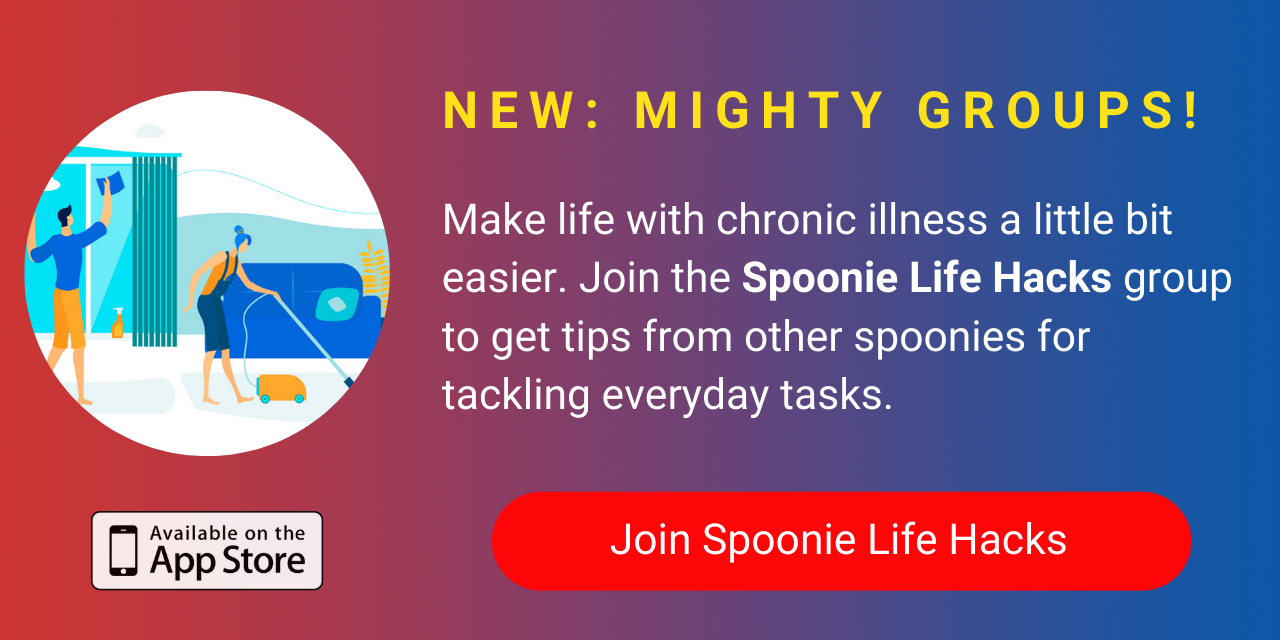Wheelchair users can be cool dudes, but that’s not what this post is about. I’m probably not the best to give advice for that as I sit here doing crochet and drinking a brew from my china cup.
It’s hot again — a bit like this time last summer. It tends to happen during the months of June, July and August. It’s a seasonal thing but seems to creep up on us every year and we don’t quite know how to handle it. We’re not very good at extremes, us humans.
Sitting in a wheelchair can get hot and sticky at the best of times. Not for me so much, as I seem to have cold bones and poor circulation. But even I can say I’ve been a tad warm the past few days. I’ve even cut down on the hot water bottles!
Often people assume that because you’re not really rushing around in the same physical way a fit and able person might, you don’t get hot and bothered. You do! Here are a few ideas for keeping the heat at bay.
1. Keep hydrated.
This is important any time of year, but particularly when the weather is hot. Drinking plenty helps the body to feel cool and we also lose water when sweating. Avoiding caffeine and alcohol is good too, so they say. I aim for one glass of water for every tea or coffee, as this gets the fluids in at the same time as keeping me sane.
2. Try hot tea.
There’s debate about this one, but I feel it works. And that’s not just because I’m a tea obsessive! It may sound like the opposite of what you feel like doing, but drinking hot drinks assists the body to cool down. The extra heat pushes the body to start sweating quicker. So, although not attractive, it will cool you down.
3. Move around.
It’s easy to get fidgety when you’re hot and bothered. That’s if you can fidget. But if movement isn’t something that comes easy to you (like me), then just try to reposition every so often to cool down certain areas. It’s surprising how just laying an arm on a cooler spot can relieve the flushes for a bit.
4. Keep your wrists chilled.
This may sound random, but the wrist is a sensitive spot. If you can’t deal with a fan, or ice packs make you that bit too chilly (it’s surprising how temperature can fluctuate when you have no movement), then try cooling the wrist area to see if that helps. A mini fan, cool water, or just keeping the area exposed can make quite a difference.
5. Try breathing techniques.
I’m a nose breather due to wearing a BiPAP (non-invasive ventilation) overnight for the past six years and having to train myself to keep my mouth shut. Inhaling through your mouth, though, can be refreshing. The theory is that the saliva cools the air before it reaches the lungs. A bit like this bowl of water idea.
6. Bowls of cold water or ice.
I don’t suggest actually sitting in them, although the odd foot or hand paddle is probably nice. Having bowls of ice or chilled water around the room, particularly by a fan or open window (breezy spots basically) can put a chill in the atmosphere.
7. Loose, light and natural fabrics.
It can be quite cozy sitting in a wheelchair, but also rather claustrophobic — especially if you have a molded seat or gel cushion as I do. Armrests, back supports and side cushions are crucial for position and comfort, but often feel smothering when the sun kicks in. Most wheelchair upholstery is black — it goes with everything and hides a multitude of sins, but also attracts and holds the heat. Wearing light in color and material clothing can help to keep as cool as possible.
8. Keep the sun out.
Keep out of the sun as much as possible. If you’re inside and the sun is glaring through windows, pull the curtains or blinds and create some shade. Houses are generally built to be efficient at keeping heat in, so let as little in as possible.
9. Create airflow.
Another obvious one, but have as many doors and windows open as possible. Get that air flowing. Even when the weather is really hot I sometimes feel a little relief venturing outside into the shade when there’s a breeze going on.
10. Turn your hot water bottle cold.
OK, so this isn’t one I’ve tried. I haven’t reached that stage yet and probably won’t. The hot water bottle doesn’t always have to be used hot. Apparently, it can even go in the freezer! This could be useful for resting on parts of your body if you’re unable to stick your head in a fridge. Because I’ve heard that works too.
11. Eat lighter foods.
Eating actually uses a lot of energy, particularly if, like me, your condition can make eating feel like a workout. The moving, chewing and swallowing all use energy and get the body working. Also, as your body processes and digests food, it uses energy that then heats up the body. Eating smaller regular portions and lighter meals can reduce overheating. That full feeling can make you a little uncomfortable too, so it’s a win-win.
12. Plan your day.
It would be great if we could spend all the hot sunny days chilling by a pool with a cocktail or reading a book by the river. Sometimes, though, life stuffs still need doing.
If possible, try to plan the day so the more tiresome tasks get done before the heat reaches its peak in the early afternoon. I like nothing more than a warm summer evening; this is the best time to get those outdoor errands run if you can.
Are you a sun or shade seeker? How do you deal with weather extremes?


